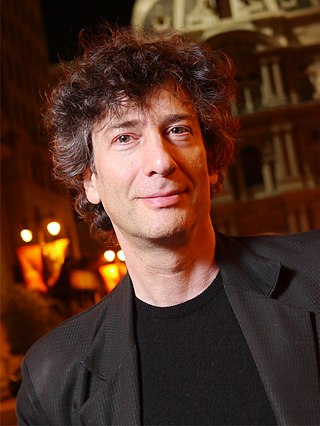
Neil Richard MacKinnon Gaiman is an English author of short fiction, novels, comic books, graphic novels, audio theatre, and a screenwriter. His works include the comic book series The Sandman and the novels Good Omens, Stardust, Anansi Boys, American Gods, Coraline, and The Graveyard Book.

Neverwhere is an urban fantasy television miniseries by Neil Gaiman that first aired in 1996 on BBC 2. The series is set in "London Below", a magical realm coexisting with the more familiar London, referred to as "London Above". It was devised by Neil Gaiman and Lenny Henry and directed by Dewi Humphreys. Gaiman adapted the series into a novel, which was released in September 1996. The series and book were partially inspired by Gene Wolfe's novel Free Live Free.
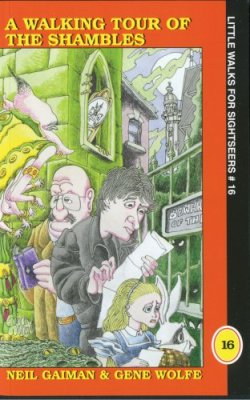
A Walking Tour of the Shambles (2002), written by Neil Gaiman and Gene Wolfe, is a novel in the form of a tour guide concerning a fictional part of Chicago called 'The Shambles'. It guides the reader through such non-existent landmarks as The House of Clocks, Cereal House, and Gavagan's Irish Saloon. A collaboration between Neil Gaiman and Gene Wolfe, it was published with two different covers by the American Fantasy Press . Although Chicago doesn't have a Shambles, Philadelphia, for instance, does.

Gene Rodman Wolfe was an American science fiction and fantasy writer. He was noted for his dense, allusive prose as well as the strong influence of his Catholic faith. He was a prolific short story writer and novelist, and won many literary awards. Wolfe has been called "the Melville of science fiction", and was honored as a Grand Master by the Science Fiction and Fantasy Writers of America.
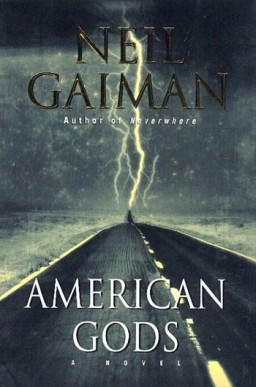
American Gods (2001) is a fantasy novel by British author Neil Gaiman. The novel is a blend of Americana, fantasy, and various strands of ancient and modern mythology, all centering on the mysterious and taciturn Shadow.

John Milo "Mike" Ford was an American science fiction and fantasy writer, game designer, and poet.
A frame story is a literary technique that serves as a companion piece to a story within a story, where an introductory or main narrative sets the stage either for a more emphasized second narrative or for a set of shorter stories. The frame story leads readers from a first story into one or more other stories within it. The frame story may also be used to inform readers about aspects of the secondary narrative(s) that may otherwise be hard to understand. This should not be confused with narrative structure. A notable example is The Decameron.
"Murder Mysteries" is a fantasy short story by Neil Gaiman first published in the 1992 anthology Midnight Graffiti and later collected in his collections Angels and Visitations and Smoke and Mirrors.
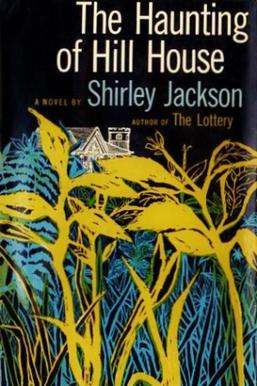
The Haunting of Hill House is a 1959 gothic horror novel by American author Shirley Jackson. A finalist for the National Book Award and considered one of the best literary ghost stories published during the 20th century, it has been made into two feature films and a play, and is the basis of a Netflix series.
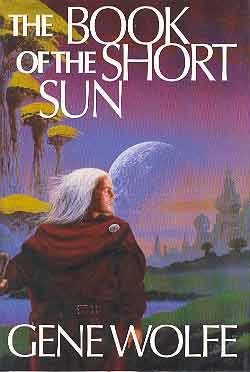
The Book of the Short Sun (1999–2001) is a series of three science fantasy novels or one three-volume novel by the American author Gene Wolfe. It continues The Book of the Long Sun (1993–1996): they share a narrator and Short Sun recounts a search for Silk, the Long Sun hero. The two works are set in the same universe as The Book of the New Sun series that Wolfe inaugurated in 1980 and the Internet Speculative Fiction Database (ISFDB) catalogs all three as sub-series of the "Solar Cycle", along with some other writings.
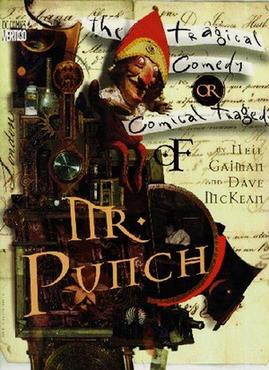
The Tragical Comedy or Comical Tragedy of Mr. Punch or simply Mr. Punch is a graphic novel written by Neil Gaiman, illustrated and designed by Dave McKean. It was published in 1994.

The Shadow of the Torturer is a fantasy novel by American writer Gene Wolfe, published by Simon & Schuster in May 1980. It is the first of four volumes in The Book of the New Sun which Wolfe had completed in draft before The Shadow of the Torturer was published. It relates the story of Severian, an apprentice Seeker for Truth and Penitence, from his youth through his expulsion from the guild and subsequent journey out of his home city of Nessus.
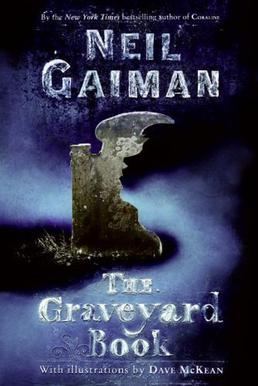
The Graveyard Book is a young adult novel written by the English author Neil Gaiman, simultaneously published in Britain and America in 2008. The Graveyard Book traces the story of the boy Nobody "Bod" Owens who is adopted and reared by the supernatural occupants of a graveyard after his family is brutally murdered.
"I, Cthulhu" is a short humorous story by fantasy author Neil Gaiman featuring H. P. Lovecraft's Cthulhu, who is dictating an autobiography to a human slave named Whateley. The story reveals much about Cthulhu's 'birth' and early life.
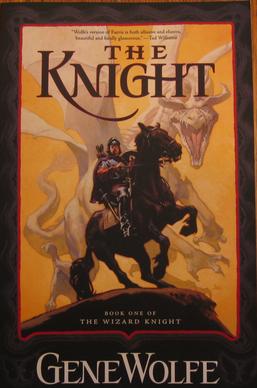
The Knight is a fantasy novel written by American author Gene Wolfe. It depicts the journey of an American boy transported to a magical realm and aged to adulthood who soon thereafter becomes a knight. The first of a two-part tale known collectively as The Wizard Knight is told in an epistolary style, and contains elements from Norse, Arthurian, and Christian Mythology. It received a nomination for the Nebula Award in 2005.
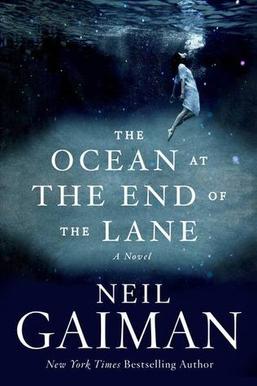
The Ocean at the End of the Lane is a 2013 novel by British author Neil Gaiman. The work was first published on 18 June 2013 through William Morrow and Company and follows an unnamed man who returns to his hometown for a funeral and remembers events that began forty years earlier. The illustrated edition of the work was published on 5 November 2019, featuring the artwork of Australian fine artist Elise Hurst.
This is a list of works by Gene Wolfe, an American author of science fiction and fantasy, with a career spanning six decades.

Nebula Awards Showcase 2014 is an anthology of science fiction short works edited by Kij Johnson. It was first published in trade paperback by Pyr in May 2014.

A Borrowed Man is a 2015 science fiction hardboiled noir novel by Gene Wolfe.














